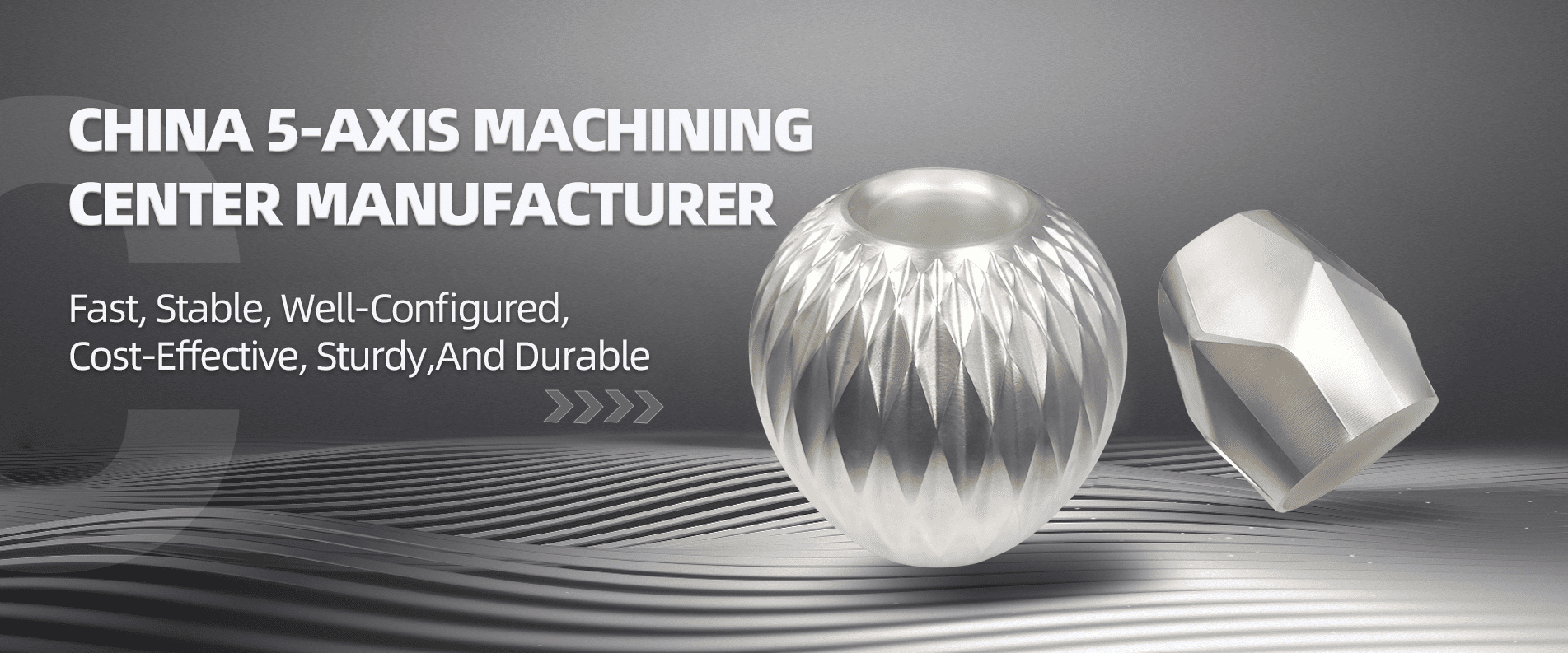In the field of manufacturing, precision machining has always been the focus of attention. In order to meet the demand for multi-functional, high-precision parts, precision turning and milling composite technology came into being. This technology combines turning and milling two traditional processing methods, not only improves the processing efficiency, but also realizes higher accuracy and surface quality, becoming an indispensable and important technology in the modern manufacturing industry.
Precision turning and milling composite technology combines the features and advantages of lathe and milling machine, and completes the operation of turning and milling by one machine tool. Compared with the traditional way of turning and milling respectively, precision turning and milling composite technology can complete a variety of complex processes under a single clamping, greatly improving production efficiency. At the same time, the technology can ensure higher machining accuracy and consistency because it avoids the accumulation of errors in multiple clamping.

In the manufacture of precision machinery parts, aerospace, automotive parts and other fields, precision milling technology has been widely used. For example, for some complex curved surface parts, the traditional single processing method is often difficult to meet the requirements. And precision turning and milling composite technology through multi-axis linkage and accurate tool path control, can realize more flexible, fine processing, to meet the various shapes and requirements of the workpiece.
In addition, precision turning and milling technology can also realize efficient processing of multiple materials. Unlike the traditional single processing method, this technology can complete the turning and milling operations of different materials in one processing, avoiding the waste of time for multiple tool changes and equipment adjustments. This efficient machining not only improves production efficiency, but also reduces production costs and enhances the competitiveness of enterprises.
However, although precision turning and milling technology has a wide range of application prospects in the manufacturing industry, its promotion and application still face challenges. The first is technical requirements and equipment investment. The technology has high technical requirements for operators, who need to have solid machining knowledge and skills. At the same time, the investment cost of precision milling-turning machine tools is relatively high, and there may be some pressure on small and medium-sized enterprises.

Secondly, the technical difficulties and research and development needs. The application of precision turning and milling technology still faces some difficulties, such as tool path planning, machining parameter optimization and so on. In addition, with the continuous evolution of market demand and technological progress, precision turning and milling composite technology also needs to continuously promote research and development and innovation to adapt to higher requirements and a wider range of application areas.
To summarize, precision turning and milling composite technology, as a new engine for efficient and fine machining, has shown great potential and advantages in the manufacturing industry. By improving productivity, machining accuracy and surface quality, the technology brings more opportunities to the manufacturing industry. Despite some challenges, it is believed that with the continuous progress of technology and market demand, precision turning and milling technology will continue to grow and bring more innovation and development opportunities for the manufacturing industry.
 English
English














































